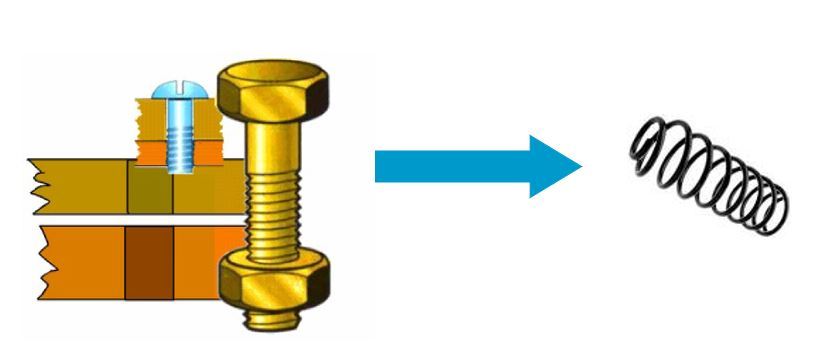Threaded Joint Analysis: Russian Automakers Experience

Some time ago, one of our customers faced a serious problem on the assembly line: the seemingly uncomplicated threaded joint (metal bracket + metal frame) constantly attracted the attention of the quality control team. The residual torque was unstable, and the installation of a transducerised electrical nutrunner did not help.
Suspicions about a tool malfunction or poor-quality components did not confirm. Since this manufacturer did not have the practice of contacting designers for checking the correct calculation of dynamic and static torque values, it was decided to learn the threaded joint using our analyzer with verified and calibrated torque wrenches.
Suspicions about a tool malfunction or poor-quality components did not confirm. Since this manufacturer did not have the practice of contacting designers for checking the correct calculation of dynamic and static torque values, it was decided to learn the threaded joint using our analyzer with verified and calibrated torque wrenches.
Threaded joint analysis

The customer provided samples directly on the line, and the analysis itself took place there, on the real frame of the vehicle - for the purity of the experiment. The analysis looked like a normal tightening, but the assembly was carried out by a torque wrench connected to the recorder: the bolt was tightened far beyond the nominal value, until the threaded joint was completely destroyed. On the graph it was possible to see the torque tolerance zone according to the drawing, the yield point of the bolt and the tensile strength - the so-called zone of the beginning of the destruction of the bolt. The study of the curve in the graph obtained from the analyzer (see the figure below) showed that the calculated value of the dynamic torque (i.e., the tightening torque) was just about 26% of the yield strength of the bolt.

It is known from the theory of tightening threaded joints that in order to obtain a stable clamping force, it is important to load a bolt with a torque of at least 75% of its yield strength, so that the bolt begins to literally stretch, providing a springy effect. In addition, the bolt itself was marked 10.9, and it seemed that it was not loaded enough, which means it did not work like a spring.

The assumption according to the analysis results was as follows: at some certain moment in the past a bolt of class 8.8 (or maybe 5.7) in the production was replaced by a bolt of a higher class, but no adjustment of the tightening torque value was made. Perhaps the full picture can never be restored, but this is not required. Another thing is important: the technologists got enough argument to appeal to colleagues from the design department. And there are more and more examples like this in Russian practice ...
Need more information
The field of activity in which the company "Newton M", its customers, as well as products are constantly evolving. New products, service solutions, new suppliers and improvements appear almost every week.
In order to provide you with the best technical solution, prices and service, we kindly ask you to send us a message with your needs, questions or request for a commercial offer, so that we can help you in the best way and in the shortest time.
In order to provide you with the best technical solution, prices and service, we kindly ask you to send us a message with your needs, questions or request for a commercial offer, so that we can help you in the best way and in the shortest time.

Contact us
Products & Services
Additional info
Social
© Newton M LLC 2018 - 2019
12 Dzerzhinskogo St. Office 10, Togliatti
445030, Russian Federation
Phone: +7 (499) 455 1670
12 Dzerzhinskogo St. Office 10, Togliatti
445030, Russian Federation
Phone: +7 (499) 455 1670




